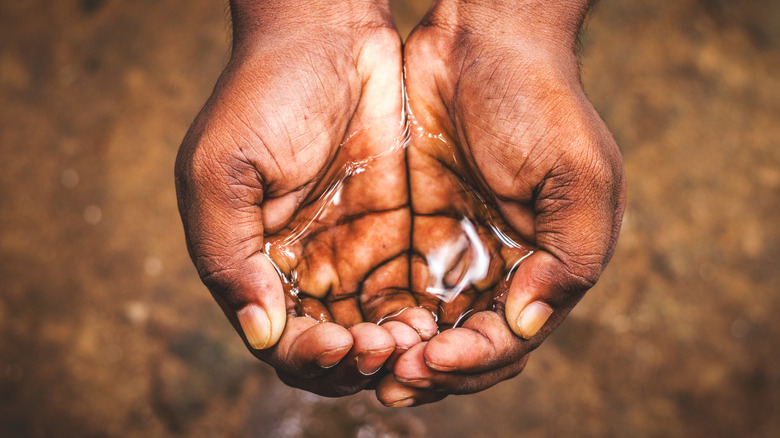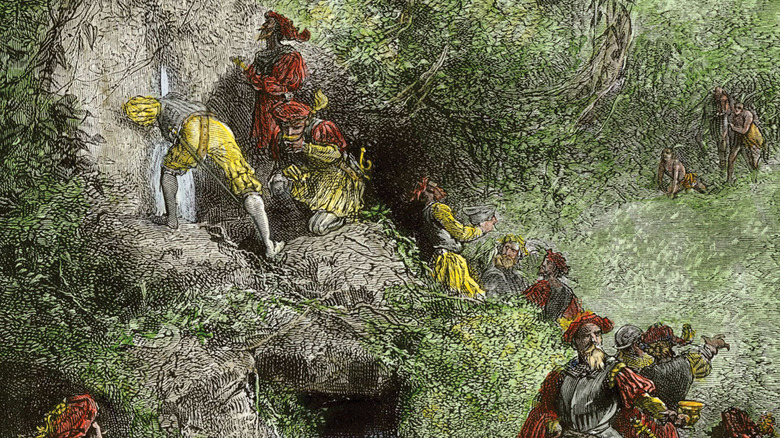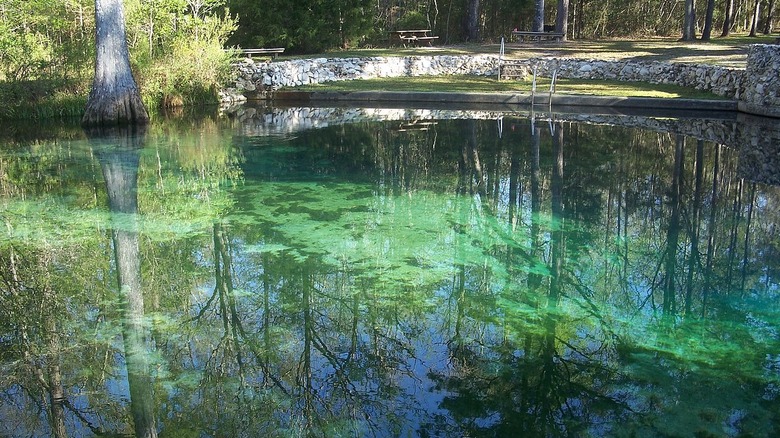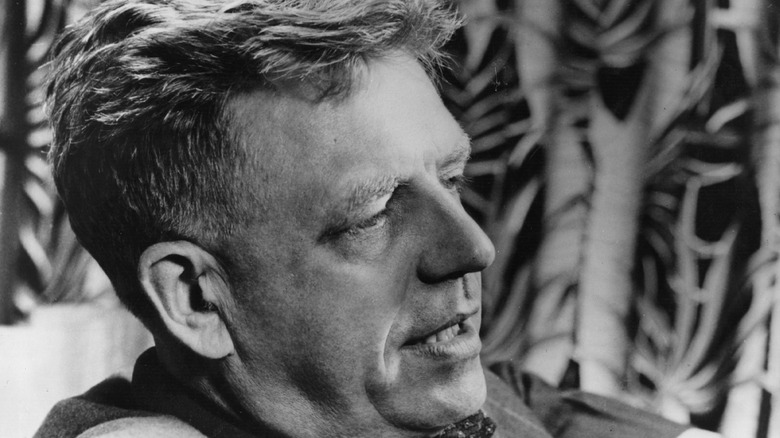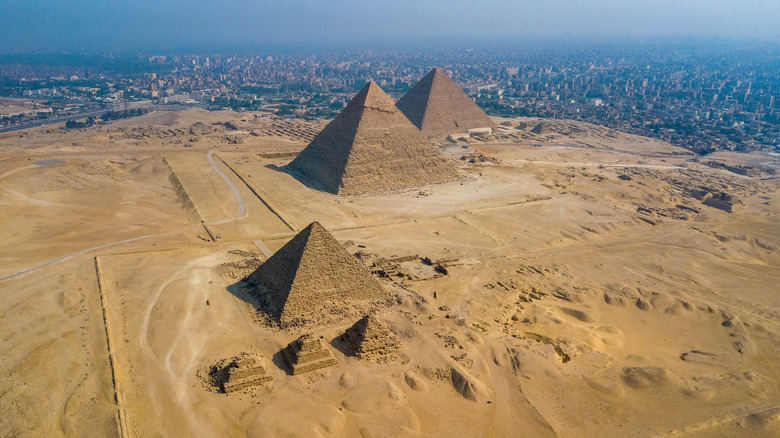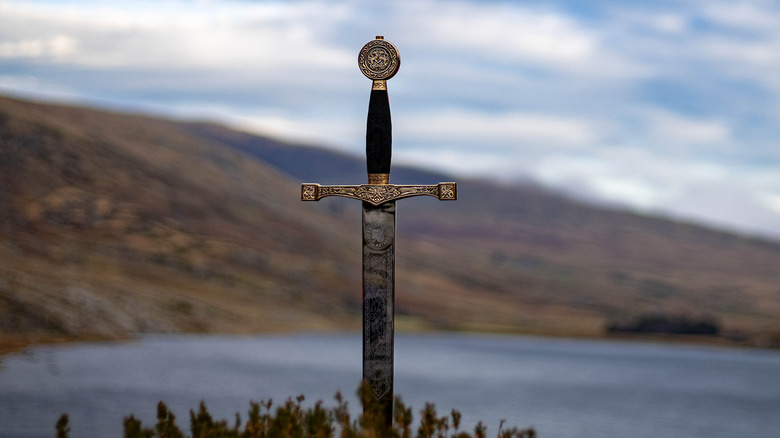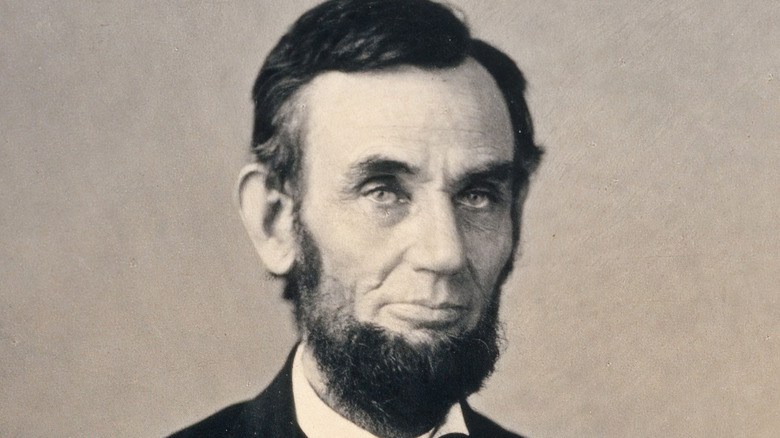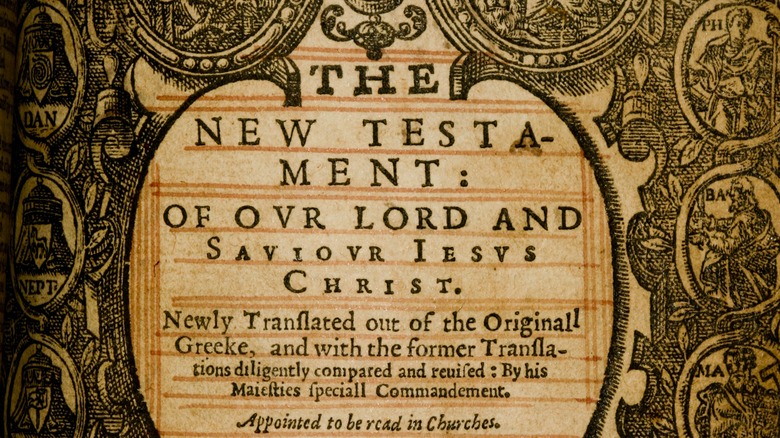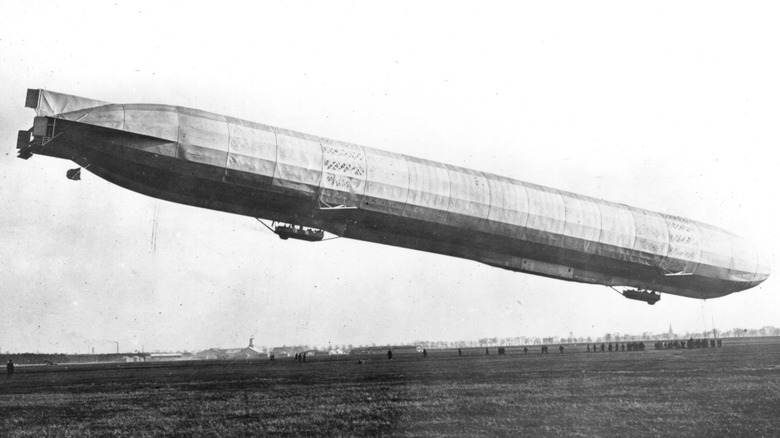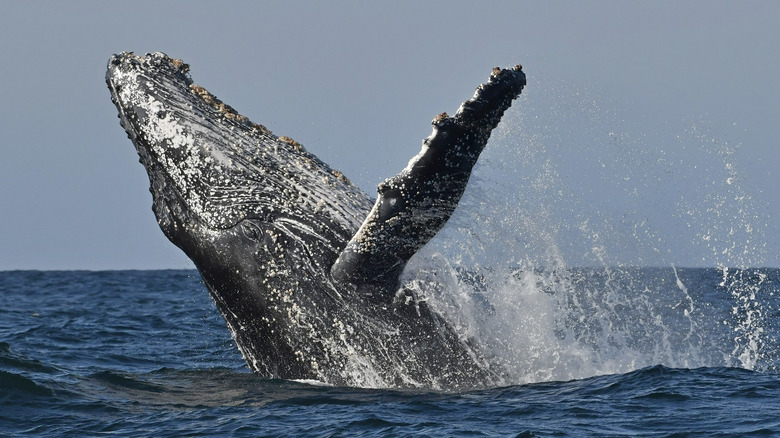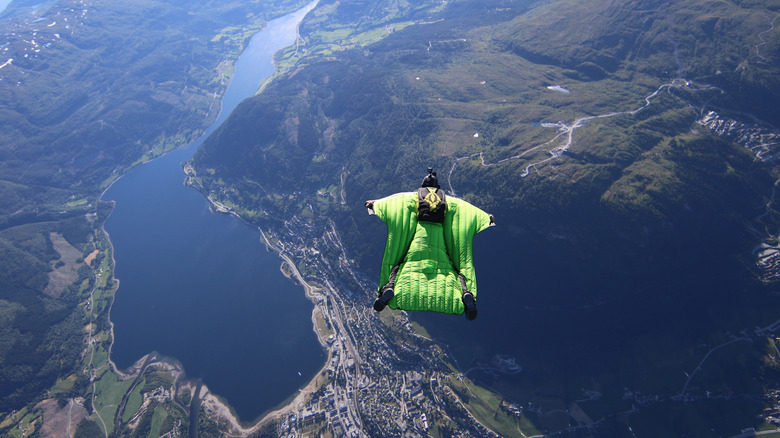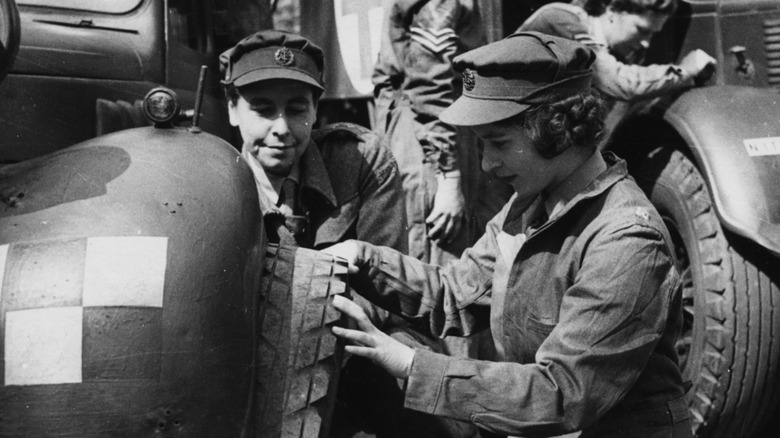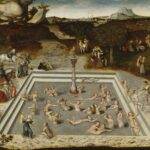
How The Legend Of The Fountain Of Youth Spread
Growing older might make you wiser, but the chase for a way to slow down aging is equally appealing. In fact, civilizations all over the world have searched for the fountain of youth in one way or another for thousands of years. Depending on who you ask, the fountain of youth could be a spring or a river that gives eternal youth to people who bathe in it or drink its waters (via Madamasr). Either way, it might be the key to curing all disease and living forever.
Tales about the fountain of youth were common in ancient Greece. Back in the 5th century B.C., Greek writer and historian Herodotus wrote about the ancient African tribal kingdom of the Macrobians, who were supposedly famous for their longevity. Herodotus tells of a legend about a mysterious pool of water that “if true, it would be their constant use of the water from it which makes them so long-lived” (as quoted by Greek Boston).
About two centuries later, Alexander the Great is said to have searched for a mystic river that could reverse aging. It definitely didn’t work, since he died at the age of 33 from a fever.
Mentions of the fountain of work continue to appear through history and in literature. In the 14th century travel fantasy memory “The Travels of Sir John Mandeville,” the location of the fountain of youth is set in Polombe (modern-day India) (via Lehigh University).
The legend remained alive until the Middle Ages
While stories about the fountain of youth pop up in Europe here and there, it wasn’t until the Spanish got involved that word really started to spread. Originally, the fountain of youth was believed to be in the Boinca islands, and historical reports describe its location as “an island called by us Boinca [later Boyuca], and by others Aganeo; it is celebrated for a spring whose waters restore youth to old men” (as reported on New World Explorers Inc). Spanish court historian Peter Martyr connects the island and the magical fountain to the travels of explorer Juan de Solis, who also doesn’t mention anything about it in any of his own writings.
Martyr is at least partly responsible for making the legend of the fountain of youth well known in Europe. He drew maps in 1511 that included the exotic island where the fountain was located and later on published unconfirmed reports of people telling him about a powerful spring where old men could “made a stay of some time, drinking, and following the treatment indicated by the bathers,” returning home “strengthened and with his manhood renewed” (via New World Explorers Inc). His reports of a powerful spring that could heal and restore strength are believed to have started the crazed search for the fountain of youth that would last for over a century.
A Spanish explorer made the legend truly famous
By the time Spanish conquistador Juan Ponce de León came around in the 16th century, the legend of the fountain of youth was very well known. The problem was that many believed it to be true, rather than a legend, and went looking for it. The story goes that Ponce de León was told about the mythical fountain by indigenous people, who claimed it was located in Bimini, a chain of islands in what’s today the Bahamas. In 1513, the conquistador then set forth in a seven-month-long exploration voyage to allegedly look for it, though his writings don’t mention this quest, and instead ended up discovering Florida (via PBC History Online).
If the fountain of youth was mentioned to Ponce de León by the local indigenous population, it’s likely they were referring to the Yucatan Maya peninsula in their description, not the nearby Bimini islands. Still, despite the popular misconception that the conquistador spent months at sea looking for it, most of the connections between Ponce de León and the fountain were created later. For example, in 1535 (long after Ponce de Leon had died), Spanish colonialist and historian Gonzalo Fernández de Oviedo y Valdés writes about Ponce de León’s quest to regain youthfulness through the fountain, while historian (and shipwreck survivor) Don Hernando d’Escalante de Fontaneda talks in his memoirs about de León’s quest to “earn greater fame or become young from bathing in such a stream” (as reported by PBC History Online).
Florida's fountain of youth might be all you get today
The legend of the fountain of youth didn’t die in the 16th century. For the following few centuries, it would pop up here and there in travel reports and literature around the world. In the 1800s, American short-story writer Washington Irving (of Sleepy Hollow fame) wrote a fictionalized account of Ponce de León’s travels. It didn’t paint the explorer in a good light, portraying him as vain as well as failing to find the fountain (via History).
By the early 20th century, pretty much everybody had heard about the mystical waters. Florida started talking about the conquistador, and the city of St. Augustine, established where he’s supposed to first have landed when reaching Florida, eventually opened a Fountain of Youth Archaeological Park. Archaeological digs in the area in the 1930s revealed remnants of what could be the first Christian mission in the country, though there’s no confirmation there’s a direct connection to Ponce de León (via Ponce de León’s Fountain of Youth Archaeological Park).
The springs at the park remain at a constant 68 degrees Fahrenheit all year long (per Florida Department of Environmental Protection). And while the waters might not make you younger as you take a dip in them, you might still leave the park rejuvenated after a swim, a picnic, or a walk through the area’s slightly rolling hills.
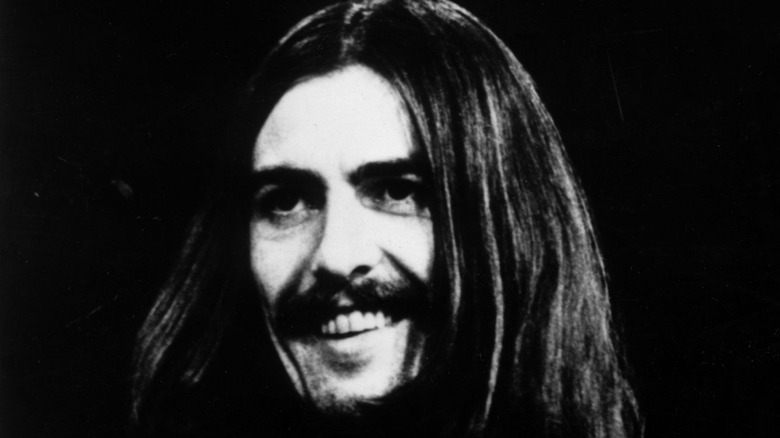
The Real Reason No George Harrison Songs Were Featured In The Beatles' 1969 Rooftop Concert

The Real Reason Netflix's The Queen's Gambit Is Being Sued
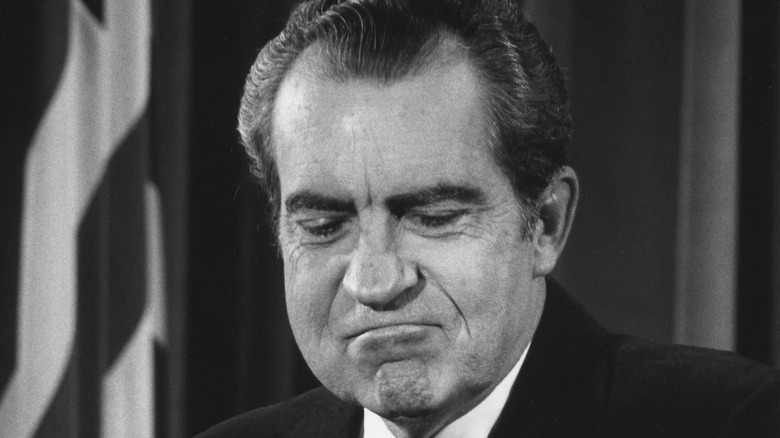
Inside Elvis Presley's Friendship With Richard Nixon

How The Challenger Space Shuttle Explosion Could've Been Avoided

The True Story Of The Serial Killer Who Is Now A YouTuber

What Does The Bible Say About Alcohol Use?

The Untold Truth Of The Bible
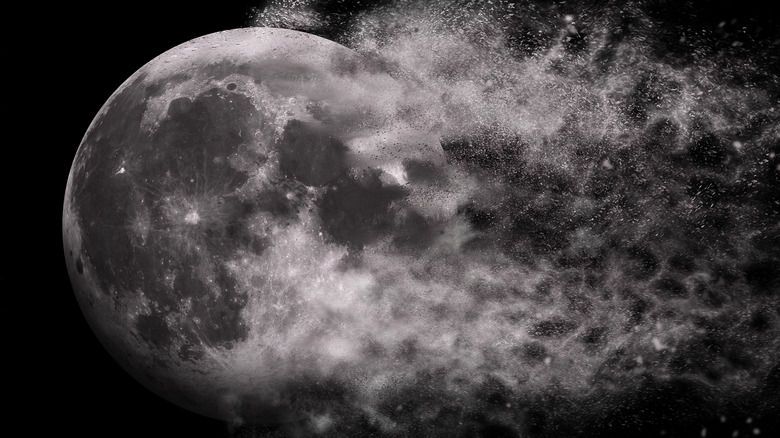
Here's What Would Happen If The Moon Suddenly Exploded
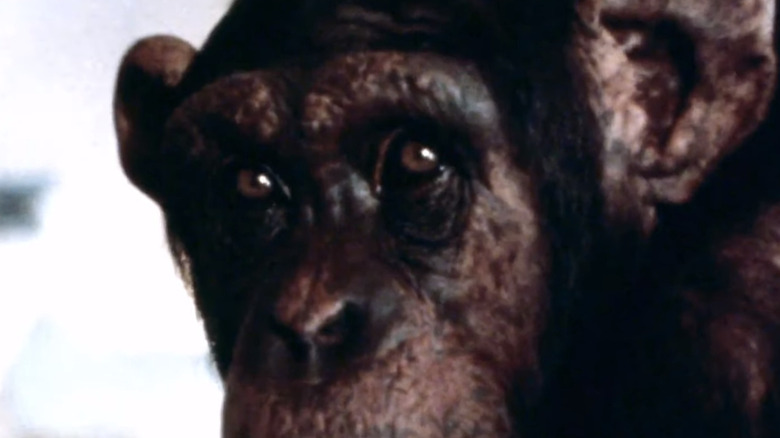
The Tragic Story Of Lucy The Chimp
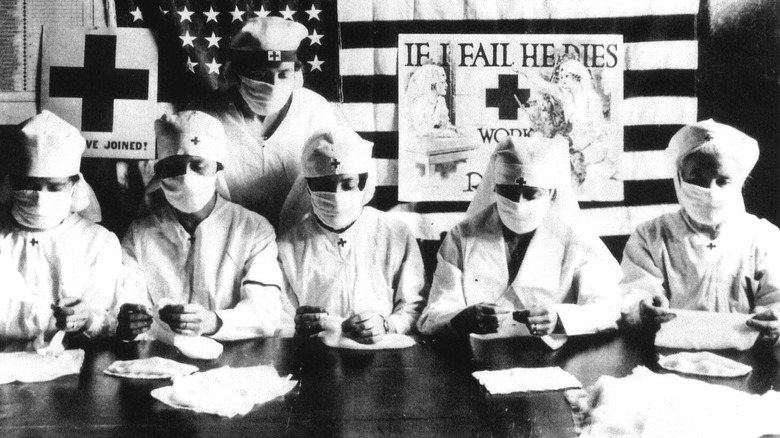
How Historic Pandemics Changed The Course Of History
